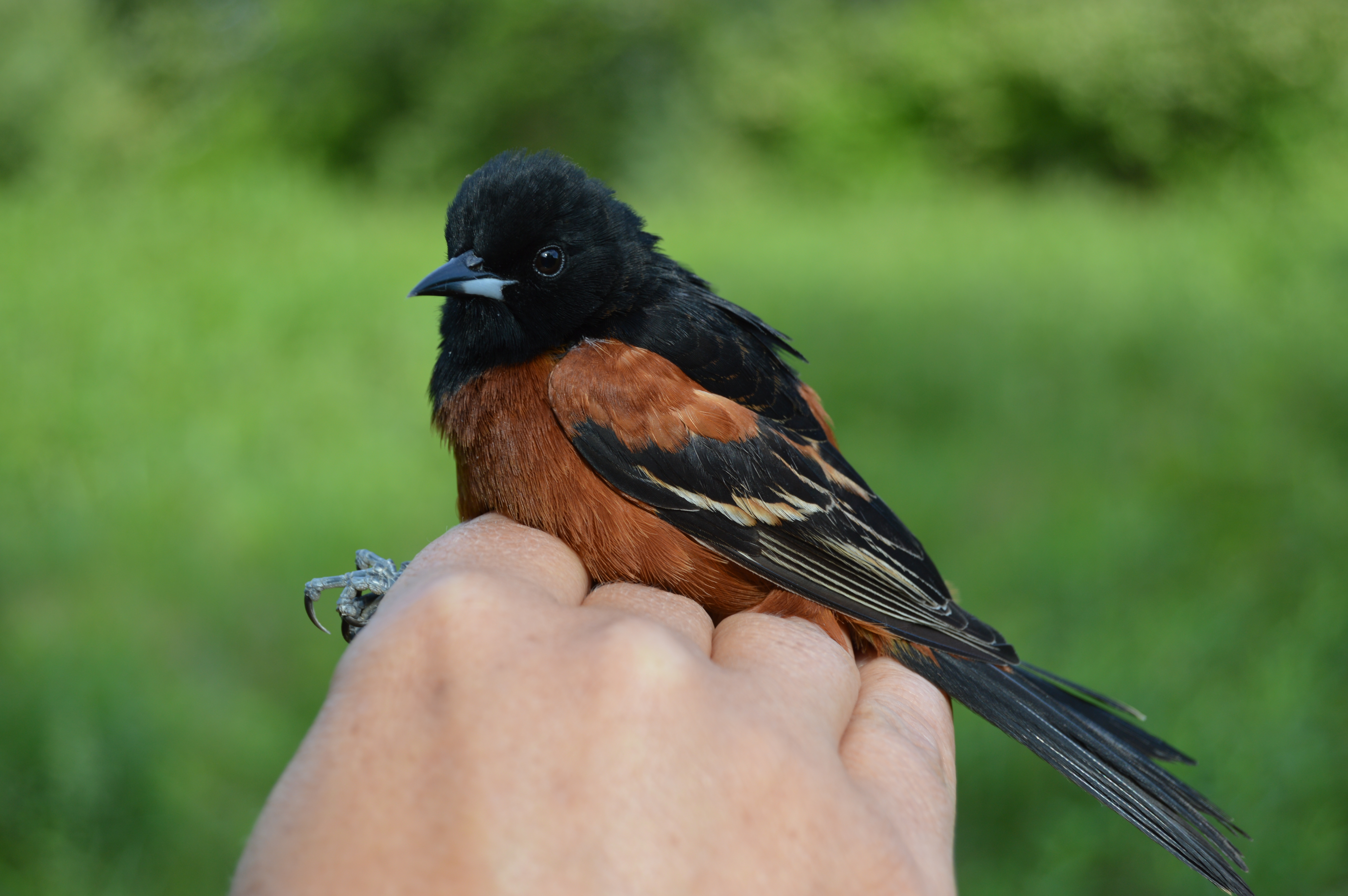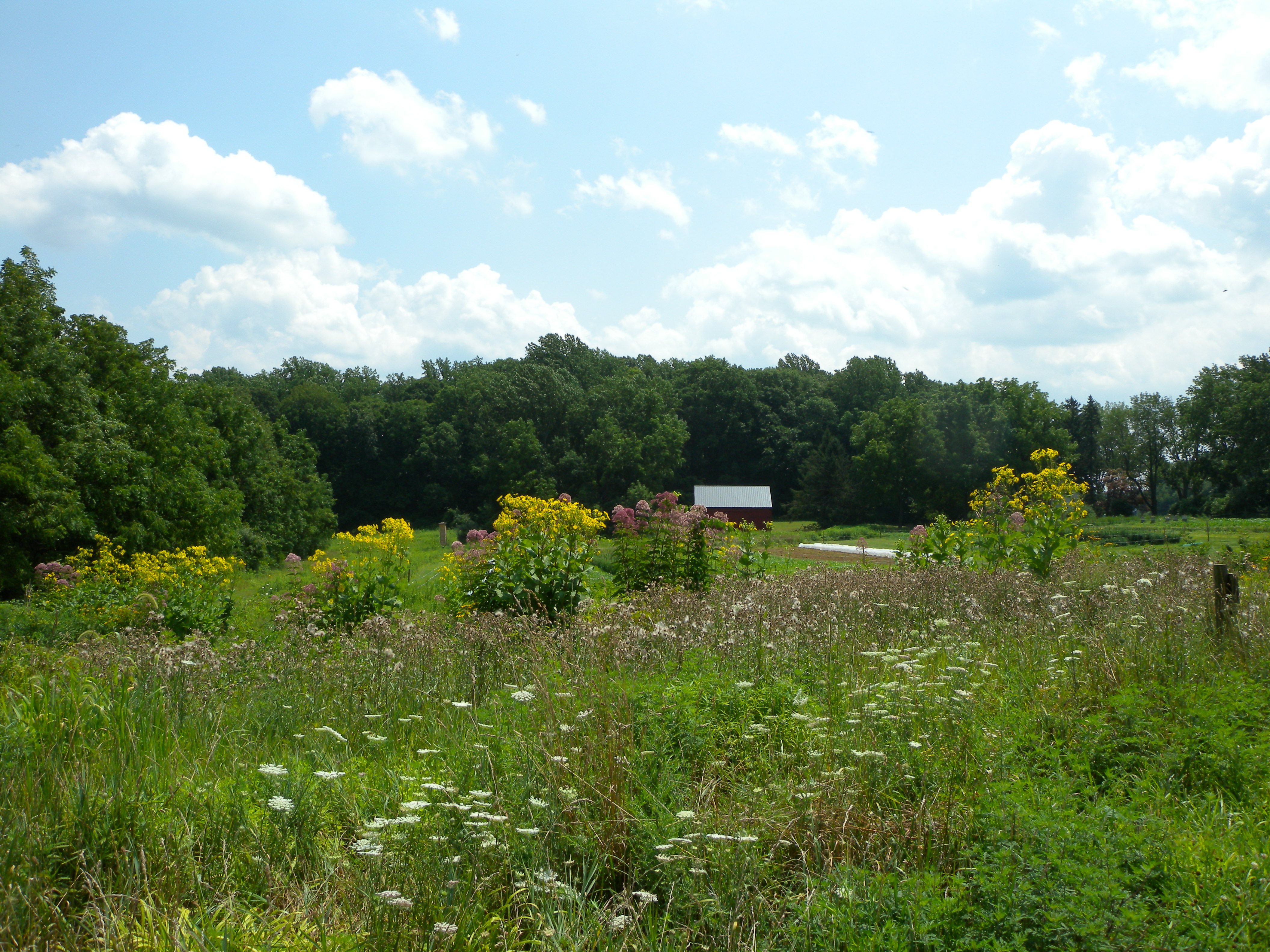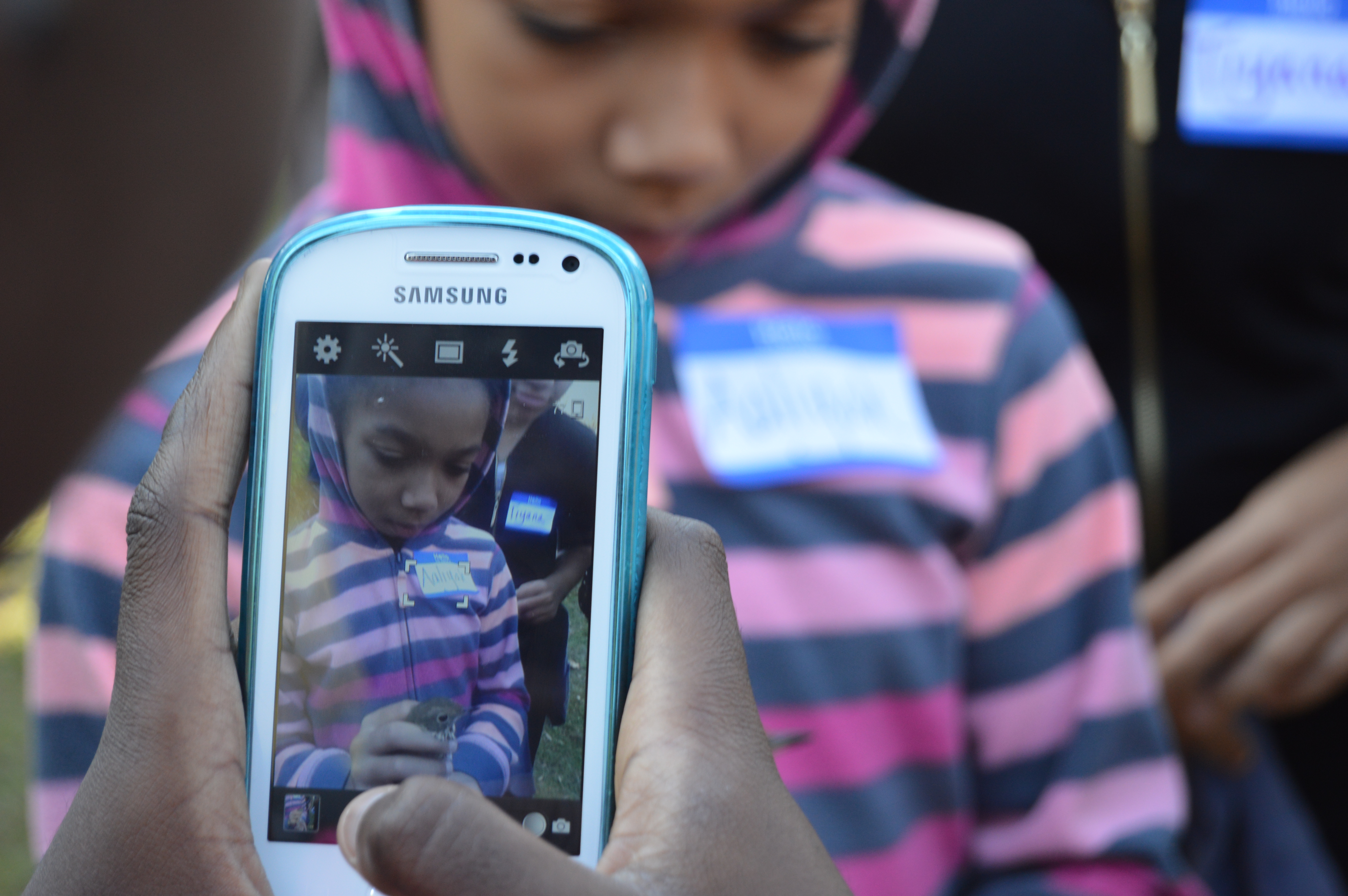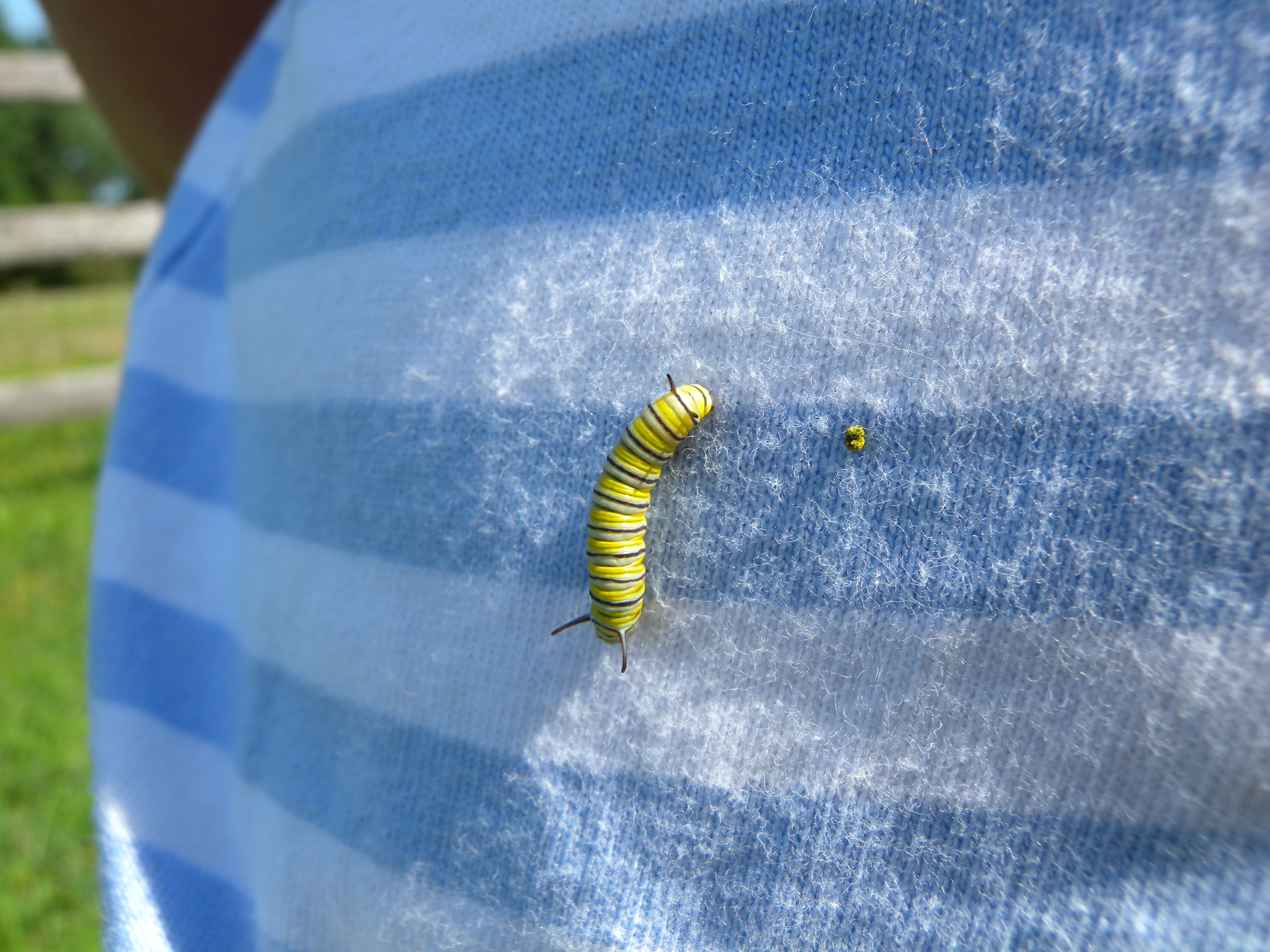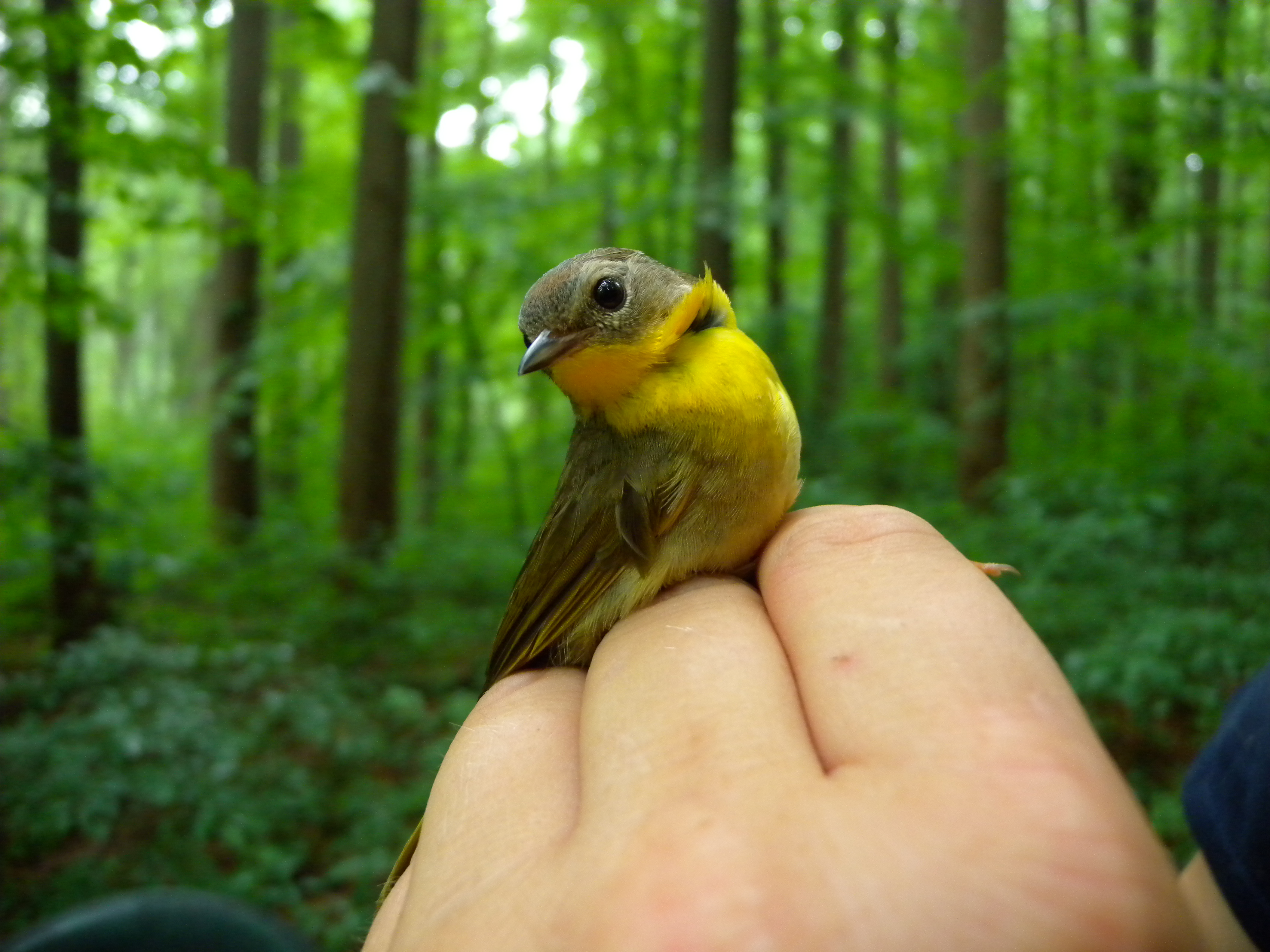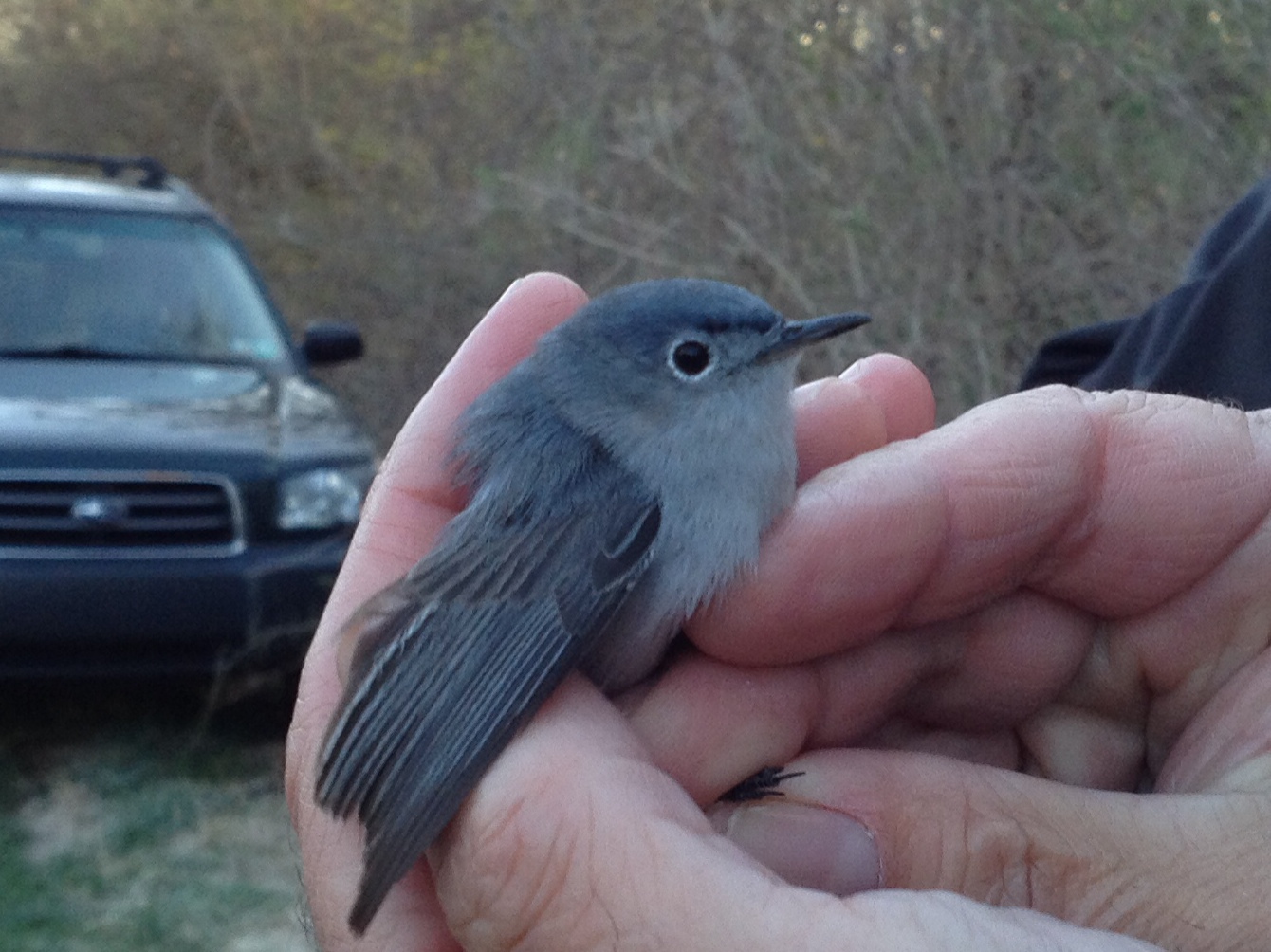
Bottoms up! Here’s to the things done and left undone in 2015, the birds that were seen and those that got away, the dreams that took flight and those that are still taking root, and the rejuvenation and calm we found in the natural world amid the kaleidoscope of our lives.

“All birds, of course, are miracles, and humans have known this for millennia. We have looked to birds as oracles. Our hearts soar on their wings and their songs. Even the tiniest bird can teach us that life is larger than humankind alone.”
— Sy Montgomery, Author, Birdology
Happy New Year,
Blake

























